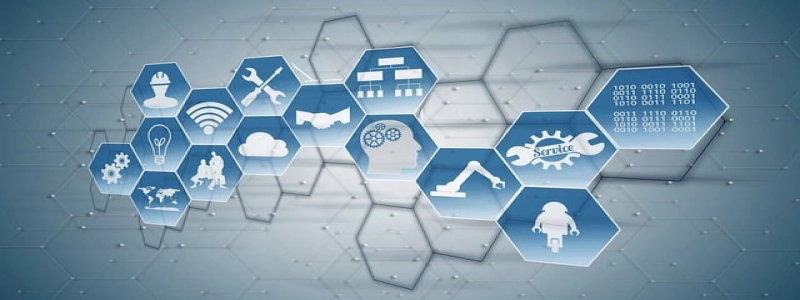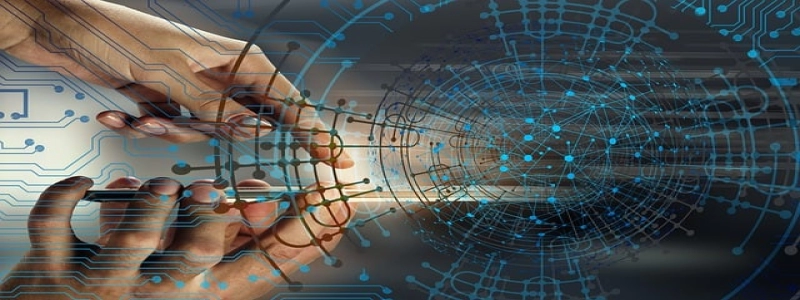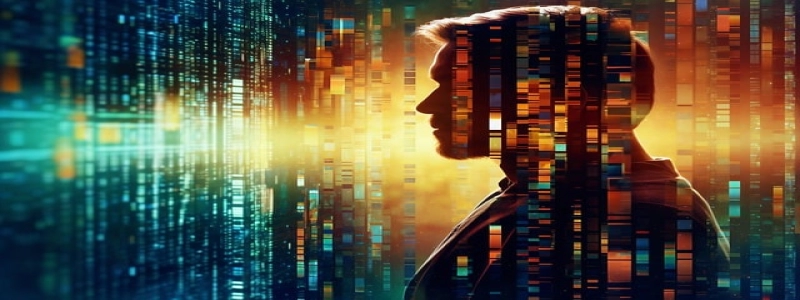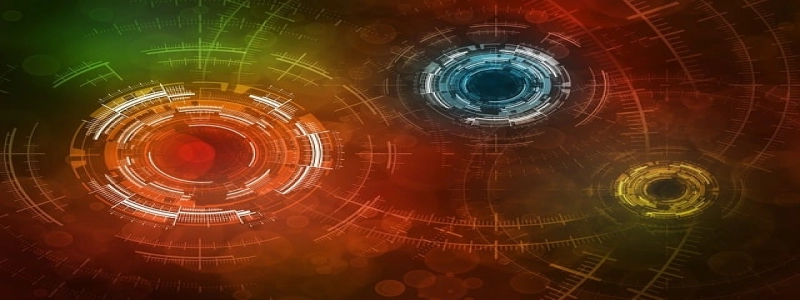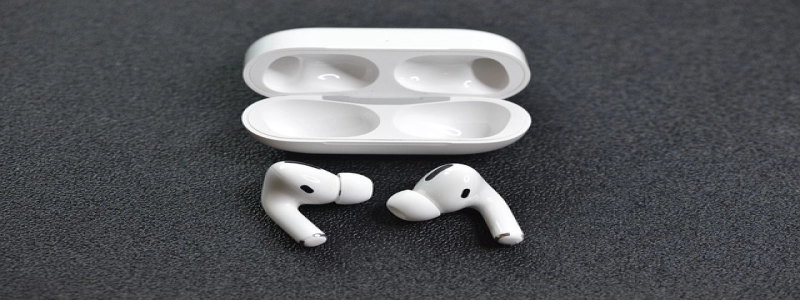Fiber Optic Cable Uses
Introduction:
Fiber optic cable, commonly known as optical fiber, is a highly advanced medium used to transmit information in the form of light pulses. It consists of a transparent, flexible fiber that ensures efficient data transfer. Fiber optic cables have revolutionized the way we communicate and have found numerous applications in various sectors. Dans cet article, we will explore the different uses of fiber optic cables in detail.
je. Telecommunications Industry:
1. Internet Communication:
– Fiber optic cables are extensively used for long-distance internet communication. They provide faster data transmission rates and higher bandwidth compared to traditional copper cables.
– The use of fiber optic cables allows for reliable and high-speed internet connections, resulting in efficient data transfer, streaming, and browsing experiences.
2. Telephone Networks:
– Fiber optic cables are the backbone of modern telephone networks, ensuring clear and uninterrupted voice communication.
– These cables can carry a large number of voice signals simultaneously, resulting in improved call quality and reduced latency.
II. Healthcare Industry:
1. L'imagerie médicale:
– Fiber optic cables play a vital role in medical imaging techniques such as endoscopy, laparoscopy, and microscopy.
– These cables are used to transmit light to illuminate the internal organs or tissues of the patients, enabling doctors to visualize and diagnose medical conditions accurately.
2. Laser Surgeries:
– Fiber optic cables facilitate laser-based surgical procedures, where the laser beam is transmitted through the cable to the surgical site.
– These cables ensure precise and targeted delivery of the laser energy, allowing surgeons to perform minimally invasive surgeries with high precision.
III. Broadcasting and Entertainment Industry:
1. Cable Television:
– Fiber optic cables are widely used for cable television transmission, providing high-quality audio and video signals.
– The use of fiber optics allows for the transmission of a large number of TV channels and provides better picture and sound quality compared to traditional cables.
2. Live Events and Concerts:
– Fiber optic cables are used to transmit live video feeds and audio signals from various cameras and microphones to broadcasting stations or large screens during live events and concerts.
– These cables ensure the real-time transmission of high-definition videos and audio, providing an enhanced viewing and listening experience for the audience.
IV. Energy Sector:
1. Power Transmission:
– Fiber optic cables are utilized for efficient power transmission and monitoring in the energy sector.
– These cables enable real-time monitoring of power lines, ensuring the reliability and stability of the electrical grid.
– Fiber optic cables also assist in detecting power faults, minimizing downtime, and improving the overall efficiency of power distribution networks.
2. Renewable Energy:
– Fiber optic cables are employed in solar energy systems to optimize the performance of solar panels.
– These cables help in transmitting real-time data about the temperature, efficiency, and status of solar panels, allowing for better management and maintenance of renewable energy installations.
Conclusion:
Fiber optic cables have become an indispensable part of modern technology. Their use in telecommunications, healthcare, broadcasting, and energy sectors has significantly enhanced the quality, speed, and reliability of various processes. As technology continues to advance, the applications of fiber optic cables are expected to expand further, shaping the future of communication and connectivity.
